Photographs: Micheala Rehle/Reuters Barun Roy in New Delhi
A network of interchangeable transport systems with seamless access, like in China's Guangzhou city, can go a long way in easing urban commuters' woes.
Whenever I get stuck in traffic, I think of the absent-minded professor who could make his T Mobile fly, in Walt Disney's immensely funny 1961 movie of the same name. And wish: if only one could fly!
That would be the ultimate solution to the problem of urban mobility that's steadily worsening as more and more people leave their farms and villages and crowd into cities in search of an urban destiny.
But fly one can't - yet, that is. One can't also reverse the flow of urban migration any more. So what does one do?
...
Lessons from China's public transport system
Image: People on Segways.Photographs: Kevin Coombs/Reuters
Go personal? Have legs fitted with wheels, like a speeding skateboard that would allow one to sneak through even the tiniest openings in traffic?
Well, that's not quite a new idea. There's the Segway, for example, a self-balancing, two-wheeled human transporter that one can stand on and ride short distances. It's popular in the US and is becoming so in Australia.
There's an Israeli-designed electric scooter that can be folded up into a suitcase-size bundle and travels 10 miles per charge at up to 15 miles an hour.
...
Lessons from China's public transport system
Image: Hyundai E4U.Photographs: Courtesy, Hyundai
Now Hyundai has come out with its version of a personal vehicle and revealed it at the recent Seoul Motor Show, giving the idea of urban mobility a new twist.
It's a one-person cabin shaped like an egg, called E4U, with two main wheels under the shell and two foldable rear legs. It runs on an electric battery, has a maximum speed of just over 18 miles an hour.
The driver controls the vehicle's speed and direction by simply tilting or turning his or her body, leaving hands completely free. The name comes from four Es: evolution, electricity, eco-friendliness, and, of course, egg.
...
Lessons from China's public transport system
Photographs: Fabrizio Bensch/Reuters
But Segways and E4Us can only be part of the solution, not the solution itself. If going personal were the answer, we'd have been better off with the automobile, or the motorbike, as the provider of mobility at will.
But look at where it has landed us, choking our roads, degrading our environment, and slowing down the very mobility it's supposed to enhance.
There are more than a billion cars already around in the world and analysts say there'll be a billion more by 2030.
...
Lessons from China's public transport system
Photographs: Claro Cortes/Reuters
Asia's roads are filling up fast, and China alone, with some 120 million passenger cars on the road at present, could sweep past the US, which has the world's largest passenger car population - some 300 million - before the current decade is out.
That's why the whole question of urban mobility is increasingly linked up with the need to move away from personally owned mobility towards public mass transport that's fast and efficient.
That's why all the new emphasis is on building extensive networks of mass transit railways and bus rapid transit (BRT) corridors.
...
Lessons from China's public transport system
Photographs: Hugo Philpott/Reuters
But even subways and BRTs, by themselves, aren't enough. They have to be parts of a bigger whole, a larger, integrated network to which all other modes of transport will be linked.
Therefore, the latest thinking is inter-modality, and the whole objective is now to build systems that are interchangeable and seamlessly accessed by a single smart card.
We see this in cities like Hong Kong, and also in other Chinese cities where public investments in transport networks have improved urban mobility significantly in recent years.
...
Lessons from China's public transport system
Photographs: Stephen Hird/Reuters
One such city is Guangzhou, capital of the southern Chinese province of Guangdong, where inter-modality innovations have earned a lot of praise.
Other than an extensive metro network - eight lines, 144 stations, 14 interchanges, 236 km of tracks (to exceed 600 km by 2020), and a daily ridership of 5.6 million - it operates a 22.5-km, direct-service BRT corridor, three of whose 26 stations are directly connected to the metro.
Its stations are subway-like, protected against the elements. Its service is subway-like, too, with one bus every 10 seconds, almost a continuous stream of 350 buses every hour in a single direction.
...
Lessons from China's public transport system
Photographs: Christian Charisius/Reuters
Integrated with this is a system of continuous bike lanes and bike sharing that further redefines the notion of urban mobility.
At stations along the BRT are 5,500 bike parking spaces. Just swiping a smart card, people can pick up a bike to cover short distances or complete the last mile to home or office. The first one hour is free. Beyond that, a nominal fee is charged.
A new dimension in urban mobility was reached in November 2010, in time for the Asian Games, when an automated, driverless, people mover went into operation, connecting the central business district to the Tianhe commercial area and serving local business and leisure facilities.
...
Lessons from China's public transport system
Photographs: Photograph: Simon Kwong/Reuters
The 4-km underground facility consists of vehicles that look like subway trains but have bus-like wheels that drive on a concrete track.
Each vehicle can carry about 280 passengers, and each terminal provides an interchange to the metro. Again, inter-modality is the key.
rbarun@gmail.com

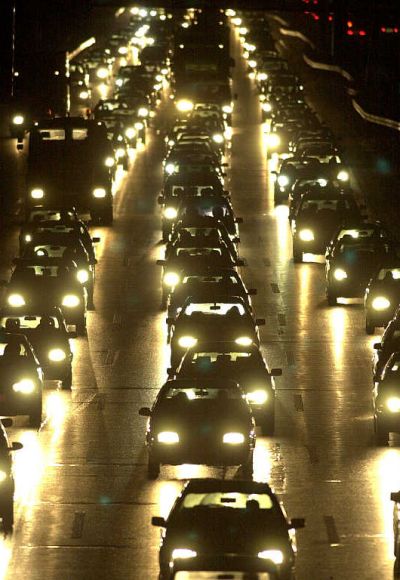
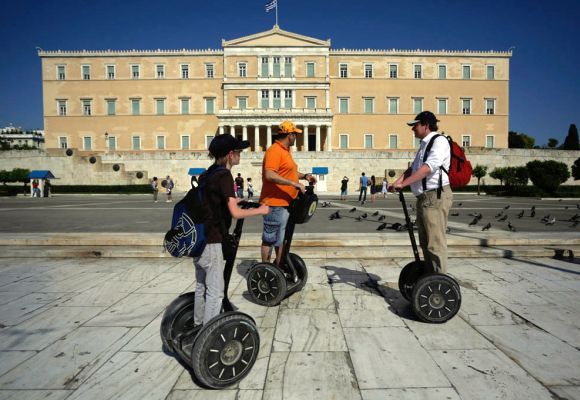
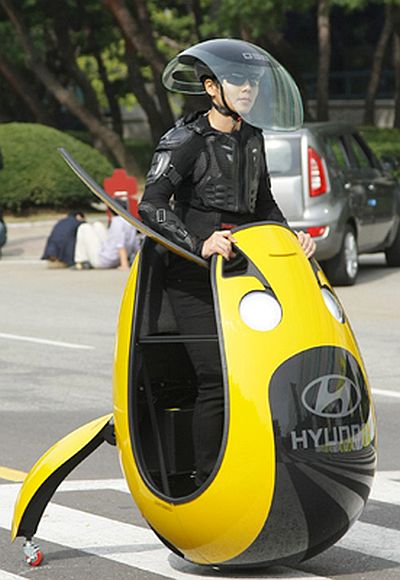


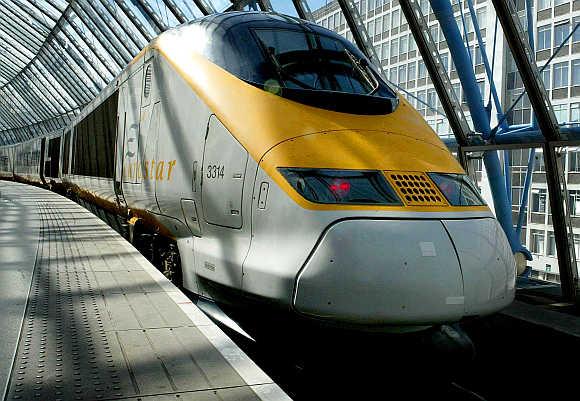
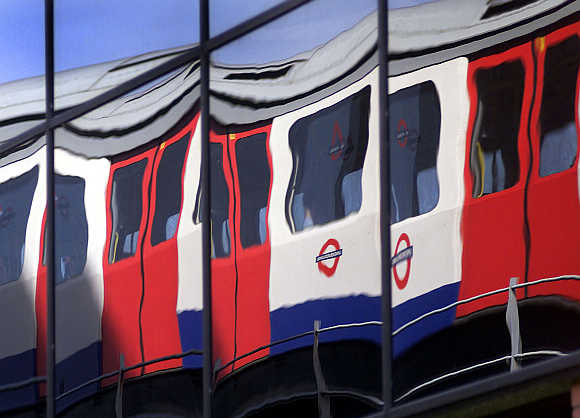
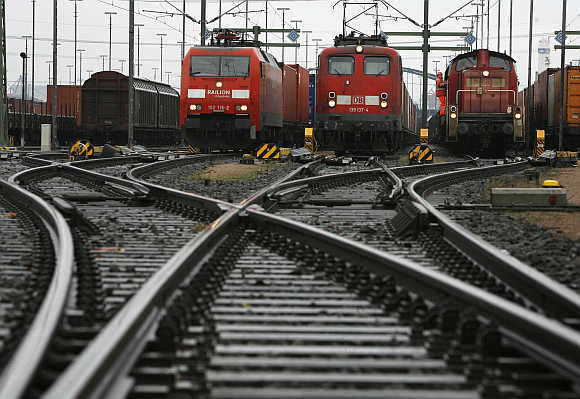


article